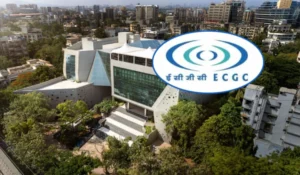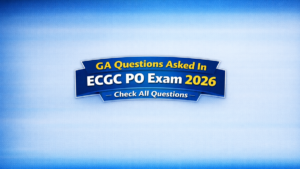Q1. Which of the following diagrams graphically represents an inter-relationship among entities in a database?
(a) Entity-relationship diagram
(b) Data flow diagram
(c) Control flow diagram
(d) Sequence diagram
(e) None of these
Q2. Which of the following keys is a field in one table that is used as a primary key field in another table?
(a) Primary key
(b) Foreign key
(c) Candidate key
(d) Identity key
(e) None of these
Q3. By what name are two or more fields of a database table called when they are collectively used to specify the primary key?
(a) Composite key
(b) Primary key
(c) Foreign key
(d) Candidate key
(e) Identity key
Q4. A database table has two fields or columns that can be selected as the primary key. The first field or column will always be considered as the primary key, and the second field or column is called the _____________.
(a) Primary key
(b) Candidate key
(c) Composite key
(d) Foreign key
(e) Identity key
Q5. Which of the following is not a normal form in DBMS?
(a) First Normal Form (1NF)
(b) Second Normal Form (2NF)
(c) Third Normal Form (3NF)
(d) Ninth Normal For (9NF)
(e) Boyce-Codd Normal Form (BCNF)
Q6. Which of the following correctly describes the use of an interpreter?
(a) Convert small processes into smaller processes
(b) Convert high-level language into low-level language
(c) Convert low-level language into high-level language
(d) Manages the kernel and shell communication
(e) None of these
Q7. Which of the following statements is incorrect about the UNIQUE KEY constraint?
(a) Unique key columns do not accept duplicate values.
(b) One table can have only one unique key.
(c) By default, unique key columns accept null values unless the NOT NULL constraint is specified.
(d) The same combinations of columns should not make both unique and primary keys.
(e) None of these
Q8. In PowerPoint, _________ view displays all slides of the presentation as a thumbnail and is helpful for repositioning slides?
(a) Slide Design
(b) Slide Sorter
(c) Slide Show
(d) Slide Master
(e) None of these
Sol. The Slide Sorter view is a powerful feature of PowerPoint which displays all of slides of a presentation on a single screen in the form of thumbnails. In this view, you can change the sequence of the slides.
Q9. Moving a paragraph in MS-word from one place to another can be done by which of the following actions?
(a) Select, copy
(b) Select all, cut
(c) Select, cut and paste
(d) Select, design
(e) Select all, review
Sol. You can move a letter, word or paragraph by first selecting it, cutting it and then pasting it to the intended location.
Q10. Which of the following are tags, when placed on an animal, can be used to record and track in a database all of the animal’s movements?
(a) POS
(b) RFID
(c) OCR
(d) AR
(e) MICR
Sol. Radio-frequency identification (RFID) uses electromagnetic fields to automatically identify and track tags attached to objects. The tags contain electronically stored information. Passive tags collect energy from a nearby RFID reader’s interrogating radio waves.
Q11. Which of the following statements is true for baseband signal?
(a) It is the source signal
(b) It frequency is relatively close to zero
(c) It is a modulated signal
(d) Option (a) and (b)
(e) None of these
Sol. Baseband signals are the information signals that are transmitted without modulation. These signals possess low frequency relatively close to zero.
Q12. Which of the following application layer protocols does not use UDP?
(a) FTP
(b) VoIP
(c) DNS
(d) SNMP
(e) None of these
Sol. Each application layer protocol uses one of the transport layer protocols for transmitting data from one end to another. UDP is an unreliable protocol that does not provide any acknowledgment for the receipt of the data. Therefore, the application layer protocols that require reliable connection use TCP as the transport protocol. FTP is one of the application layer protocols that uses TCP.
Q13. Routing is done at the ____________.
(a) Data link layer
(b) Network layer
(c) Transport layer
(d) Session layer
(e) Physical layer
Sol. Routing is the process of transmitting frames of data among networks. This service is provided by the network layer. The network layer is also responsible for controlling subnets.
Q14. Which of the following is a loopback address?
(a) 125.0.0.0
(b) 127.0.0.1
(c) 255.0.0.0
(d) 255.0.0.1
(e) None of these
Sol. Loopback address is a special IP address that is 127.0.0.1 used for testing the connection on the same machine.
Q15. A computer stores data in the ________ format.
(a) Hexadecimal
(b) Decimal
(c) Octal
(d) Binary
(e) None of these
Sol. A computer stores data in the binary form that is in the form of 0’s and 1’s.






 ECGC PO Exam Analysis 2026, 11 January C...
ECGC PO Exam Analysis 2026, 11 January C...
 GA Questions Asked In ECGC PO Exam 2026,...
GA Questions Asked In ECGC PO Exam 2026,...
 OICL AO Exam Analysis 2026, 10 January S...
OICL AO Exam Analysis 2026, 10 January S...








